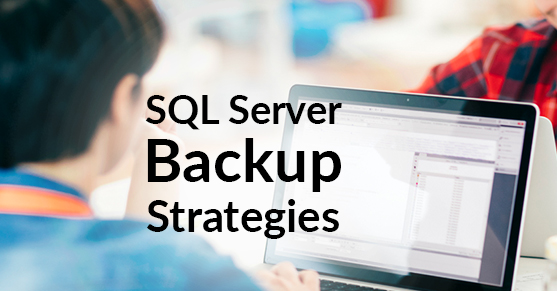
by XTIVIA | Jan 7, 2016 | Blog, Business Intelligence, Data Management, Data Warehousing, Databases
This discussion provides an understanding of what is included in a sound backup strategy for your Sql Server data warehouse application. Most data warehouse applications require a different backup and recovery strategy than a typical online transaction processing...
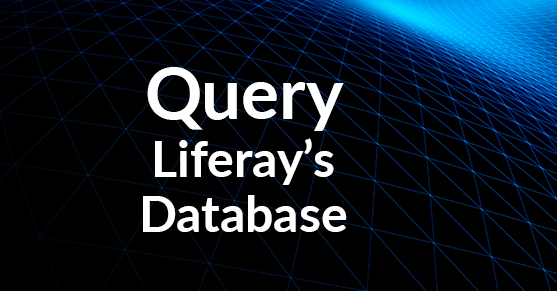
by Derek Nerenberg | Jul 31, 2015 | Blog, Databases, Portals
This post shows you how to query Liferay’s database and see which Documents and Media files are marked ‘searchable’. For these examples, I was using SQL Server and did not validate the queries work on other databases. They are...
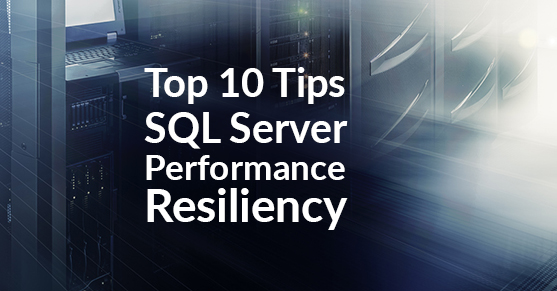
by XTIVIA | May 6, 2015 | Blog, Data Management, Databases
Tip # 6 – Change History, Top 10 Tips for SQL Server Performance and Resiliency This article is part 6 in a series on the top 10 most common mistakes that I have seen impacting SQL Server Performance and Resiliency. This post is not all inclusive. Most common mistake...
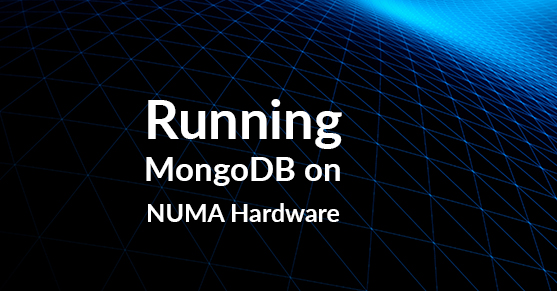
by Matt Wolinski | Feb 25, 2015 | Blog, Databases, Enterprise Infrastructure
I was recently working on a client’s site and ran into the following warning: WARNING: You are running on a NUMA machine. We suggest launching mongod like this to avoid performance problems: numactl –interleave=all mongod [other options] This warning shows...
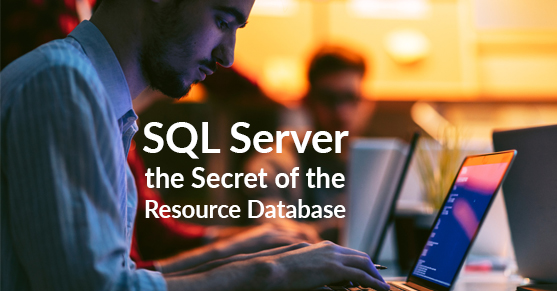
by XTIVIA | Nov 25, 2014 | Blog, Data Management, Databases
Beginning in SQL Server 2005 Microsoft introduced a hidden database called the Resource Database. While it is often referred to as the resource database the actual name is mssqlsystemresource. The database contains all the system objects that are included with SQL...
by XTIVIA | Aug 21, 2014 | Blog, Data Management, Databases
Are you testing your database backups, If so how? Sure there are a couple options that you can use to help validate backups but does this mean you are 100% sure, without a doubt, that it can be restored? Have you ever seen a backup file not restore? Recently I was...
by Barrie Shaw | Apr 17, 2013 | Blog, Databases
One of our Virtual-DBA clients recently contacted me for assistance in setting up connections using the DRDA protocol. They are moving from Java to .NET for their development work, and when they tried to connect via the .NET drivers, they received the...
by XTIVIA | Sep 21, 2011 | Blog, Databases
Assuming you don’t know anything literally about the Oracle Real Application Clusters (RAC) environment, You should start with: 1. Database version, O/S version, how many nodes, tns names, listener information? 2. Database Size, Storage architecture, raid/ASM...






